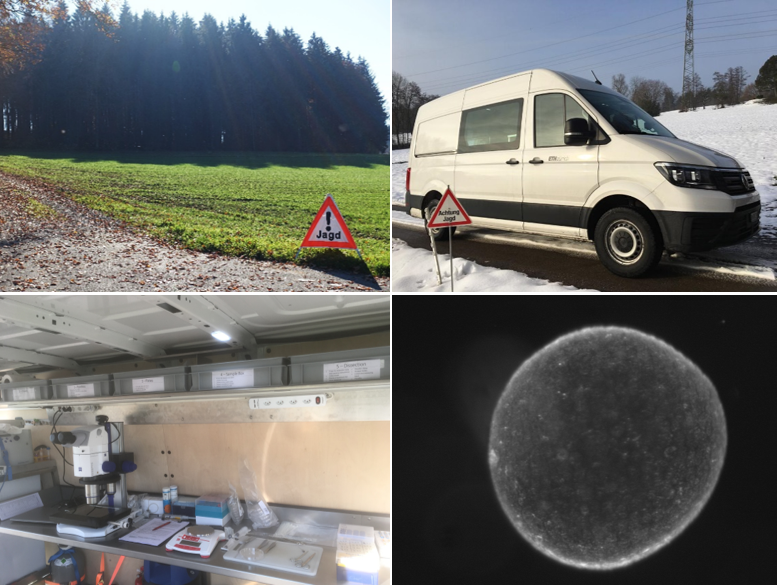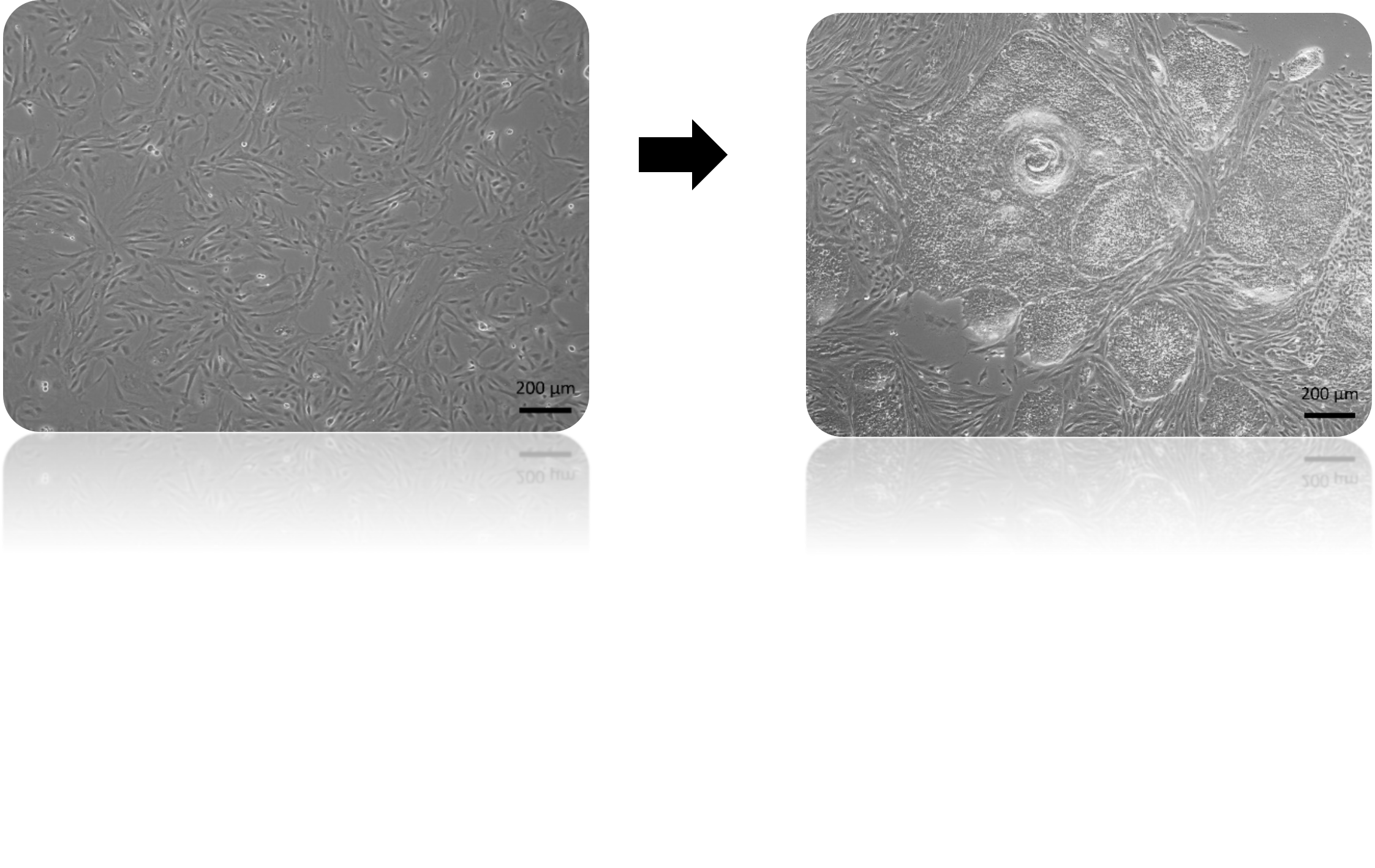Diapause in roe deer
In 1843, embryonic diapause has first been described in the European roe deer (Capreolus capreolus). Today, it is known to occur in more than 100 different mammalian species. In roe deer, fertilisation takes place in July/August. During a 4-5 month period of embryonic diapause, the embryo rests in the uterus and developmental pace is largely reduced, as implantation only takes place in December/January. We aim to unravel key factors involved in the regulation of this intriguing phenomenon. We use the roe deer as a model organism to study changes in endocrine hormones, transcriptome dynamics in the endometrium and the uterine microenvironment that impact on the slowly developing embryo. We aim at gaining insights into early embryo development to identify factors that can be used to halt development of embryos in other species.
Moreover, embryonic diapause highlights striking similarity to cellular dormancy as quiescent state of non-proliferating cells reacting to a specific environmental condition. As embryo production for research purposes in roe deer is limited, we aim to generate roe deer-derived induced pluripotent stem cells (iPSCs) presenting an interesting source for studying cell potency and embryonic arrest in roe deer.

Induced pluripotent stem cells (iPSC) in the roe deer
Stem cells own the capacity to build every tissue in the human/animal body, henceforth represent an open door for clinical, research and conservation strategies. Stem cells can be obtained from either early embryonic or somatic cells. Induced pluripotent stem cells (iPSC) have been derived from humans and animal somatic cells using molecular tools for inducing the expression of specific factors. Which leads to the reprograming of the cell background and becoming pluripotent. From therapeutic to conservation strategies, this technology has been labeled as a breakthrough in the field of stem cell research. Our studies on this area involve the European roe deer (Capreolus capreolus) as model to study embryonic diapause (embryonic developmental arrest phase). Embryo production and gamete retrieval for research purposes in this species is limited. Therefore, iPSC present an interesting source for studying cell potency and embryonic arrest in the roe deer. We have isolated roe deer primary fibroblasts (a) and transfected them with vectors carrying the human reprograming factors Oct3/4, SOX2, KLF4, L-MYC and LIN28 for producing stem cell islands (b) that can be expanded indefinitely and differentiated into organ-specific cell types for further studies.

Contact
Professur für Tierphysiologie
Universitätstrasse 2
8092
Zürich
Switzerland